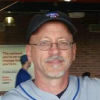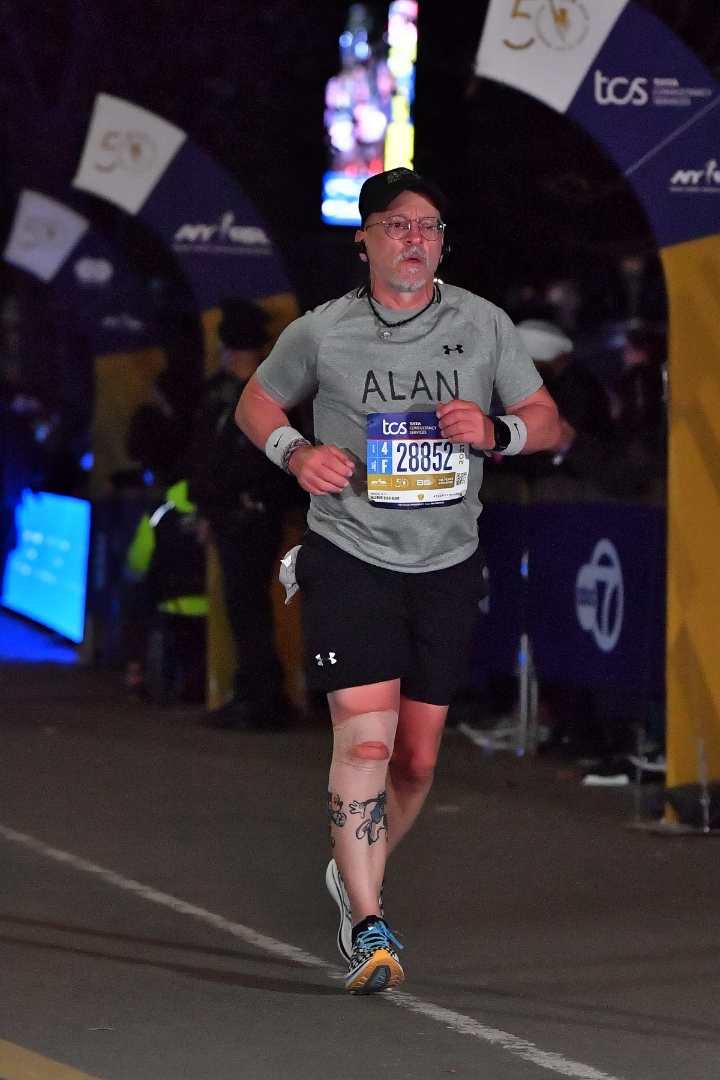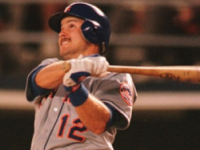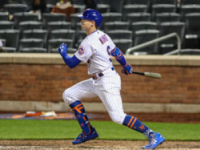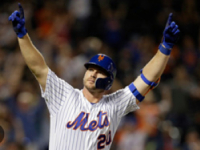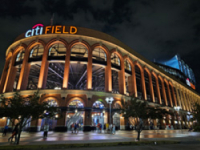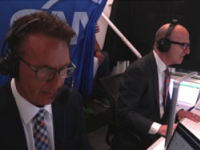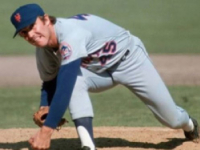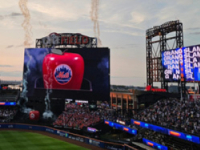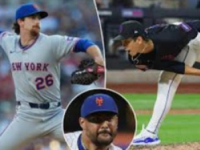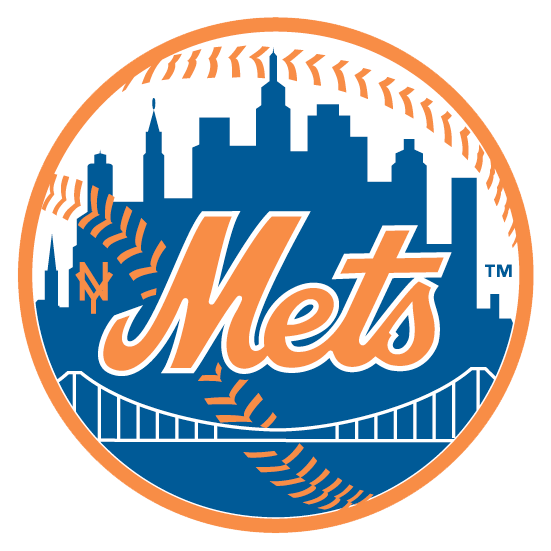My time covering the Yankees was exciting because the Yankees were exciting. My very first spring was the when Sparky Lyle’s book The Bronx Zoo came out. And it was like a bomb hit Yankees camp. Everyone in the history of the media descended down on that tiny clubhouse.
And the Yankees always had the greats there – Mickey Mantle, Whitey Ford, Elston Howard – they were all there and all willing to talk. Other than guys like Reggie Jackson and Thurman Munson (my favorite), getting interviews was not a difficult task.
When it came to the Mets, there wasn’t a lot to talk about. While the Yankees were in the midst of their championship years, the Mets were in the doldrums, the catacombs if you will, of the M. Donald Grant regime. The Mets were bad and there was no star power. Well, Lee Mazzilli, but that was pretty much it.
When the Mets came in to Fort Lauderdale, they didn’t expect to get much attention from the press. Mazzilli would always draw some microphones his way, but anyone else, you needed to make a specific request.
I decided to meander over and ask one of my all-time favorite Mets to talk – Joel Youngblood.
While I was a Lee Mazzilli fan, and I was a huge fan of Doug Flynn during that era of Mets baseball, there was something about Youngblood. While everyone remembers that Tom Seaver was traded for Flynn and those other guys on June 15, 1977 and Dave Kingman was sent away in exchange for Bobby Valentine, it’s a rare Mets fan that will remember that Mike Phillips was exchanged for Youngblood on that very same night.
Youngblood was a guy who really flew under the radar. He was tabbed by the Mets with the idea he would be a good utility player. And they were right about that. Because Youngblood could play multiple positions and play them well. He could play all three infield positions and the corner outfield spots without giving up anything. He had speed and he had a rocket arm.
When Youngblood was finally given a chance to play every day, mostly in right field, that season of 1979, he excelled by hitting .275 with 162 base hits including 37 doubles, 16 home runs and he drove in 60 runs while scoring 90. He had a slight drop off the following season but still managed to hit .276. And then he was off to a phenomenal start in 1981 when the strike hit.
Unfortunately, the Mets were brutal and the new ownership began shipping off valuable pieces to get prospects in return. And so Youngblood became an answer to one of the most unique trivia questions in MLB history – Who is the only player to get a base hit for two different teams in two different cities on the very same day? On August 4, 1982, Youngblood got the winning base hit for the Mets in Chicago, and then flew to Philadelphia and got a base hit for the Montreal Expos against the Phillies later in the day.
But going back to my memorable interview with Youngblood in the Spring of 1979, I had asked him his thoughts on the Mets and how the team was coming together heading into the season. He was surprised that anyone even wanted to speak with him and he began by giving the usual rhetoric that all players give when they have a mic in their face.
In the middle of the diatribe, he stopped, looked at me, and with an air of frustration stated in a slightly raised voice, “you know what kid? I don’t know what I am saying because I don’t know WHAT the hell I am talking about. I don’t know WHAT THE HELL is going on here and if you ask anyone else on that field they don’t know either.”
“Thank you Joel, can I use that?” I asked.
“Nobody cares and nobody knows who I am anyway.”
I knew who he was. And I will always remember that he was a good player and a good guy when the Mets were really bad.



